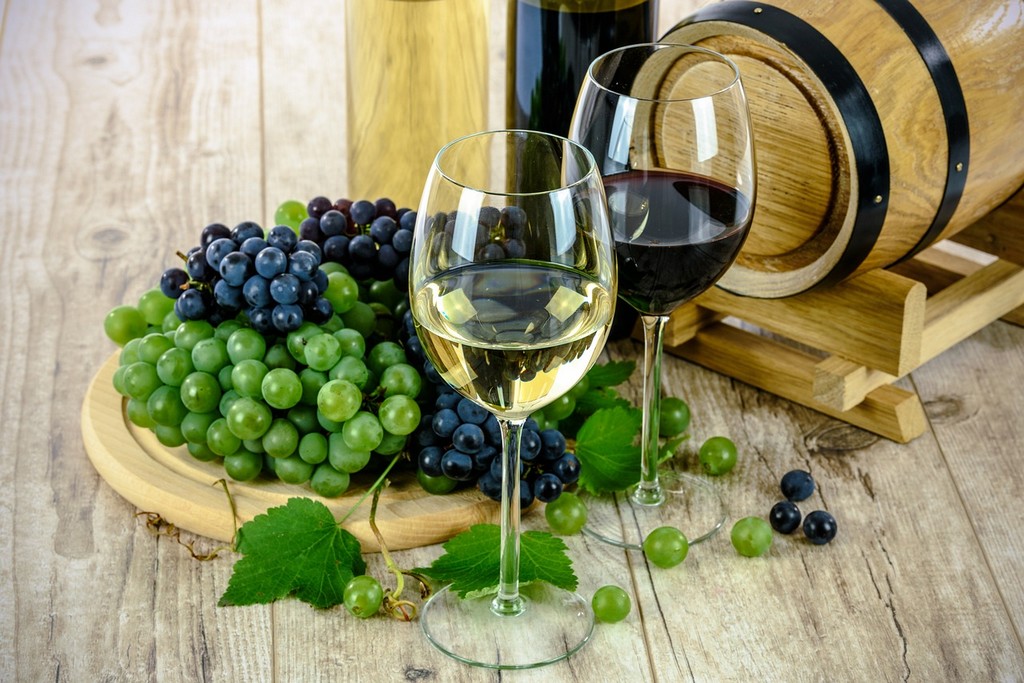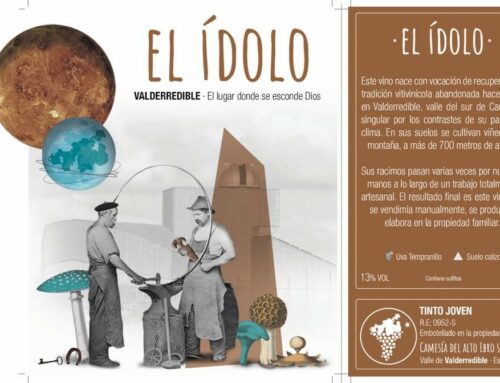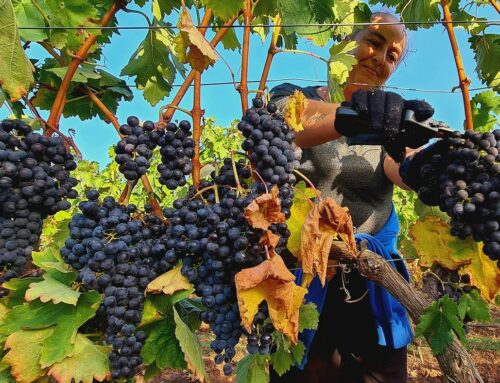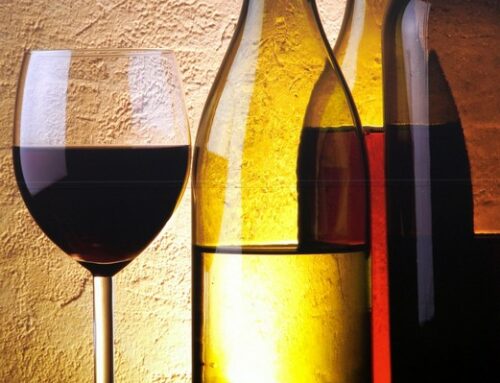Glasses are capable of shaping and enhancing the characteristics of wines
The glass you drink from…
Not only do they offer elegance and a certain air of luxury at the table. Fine, transparent crystal glasses are the best way to fully enjoy the colour, aromas and flavour of a good wine.
In its long history, the goblet has been a chalice of vulgar metal, a golden goblet, an alabaster jewel, an ivory or earthenware bowl and an animal horn.
Glass protagonist
The Egyptians used this delicate material, but it was not until the 1st century that blown glass, which allows various shapes to be made, appeared.
The craft was promoted by Nero and from Rome it spread to the Rhine and Gaul in the 2nd century.
When the Empire broke up, Byzantium became the continuation of the glassmaking tradition.
Small workshops remained in Europe until, in the 12th century, Venice revived the tradition and transferred it to neighbouring Murano.
In the 16th century, technology made cleaner and stronger glass possible. Glass took on different aspects and one form or another of glass became traditional in different regions (Anjou, Alsace, Rhine, Moselle). Of these, two prevail strongly: the Burgundy glass (a large ball that opens slowly towards the top) and the Bordeaux glass (slightly smaller and tending to close at the top).
Shapes, colours and sizes
Today, smooth, transparent glasses are preferred, and the smoother the better, as this is the only way to enjoy the brilliance and colour of the wine.
As far as the shape is concerned, it is desirable that it closes at the top, so that the wine can be smelled, but without being so closed that the nose collides with the opposite rim.
The stem is also important: if it is tall and thin, the fingers will be able to hold it easily without touching the body of the glass, which would heat up the contents.
For red wines, it is best to use glasses with a capacity of at least a quarter of a litre (250 millilitres).
Despite its capacity, the glass should not be more than one third full in order to swirl the wine inside, aerate it and extract all its aromas and flavour.
As for white wine, it can be served in glasses of the same shape, although of a slightly smaller size (200 millilitres), which should be filled halfway. The reason is that white wine is normally served chilled, so pouring it into a large glass would warm it up before it is finished. It is preferable to refill the glass several times and enjoy the wine at its ideal temperature.
Within the philosophy of wine, the containers we use for its tasting have a lot to say…
As in the world of cava or beer, wines should be tasted in crystal or glass glasses, appropriate for each type of wine.
The differences are that the glass is a little thicker and less transparent, and the crystal glass is usually thinner and more transparent, with the difference of a more accentuated sonority in the crystal glass.
On the other hand, it is very important to be able to appreciate the aromas and flavours of the wines that we taste; that the glasses have shapes and dimensions suitable for the wine that we want to drink.
That is to say, a young red wine needs a medium capacity glass, and a crianza or reserve wine needs a high capacity glass.
In short, this is for the oxygenation of the wine itself, as a young wine does not need as much oxygen as a reserva which has been in the bottle for longer and needs to be oxygenated.
We also have to take into account the different shapes of the wine glasses, as white or rosé wines are more stylised and thicker.
And the glasses for red wines are usually rounder and larger, which allows for greater oxygenation and makes it more difficult to drop the wine when turning it or moving it to oxygenate it.










